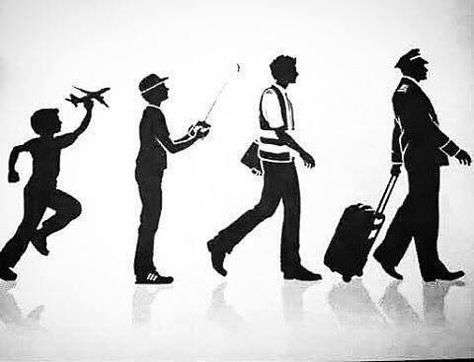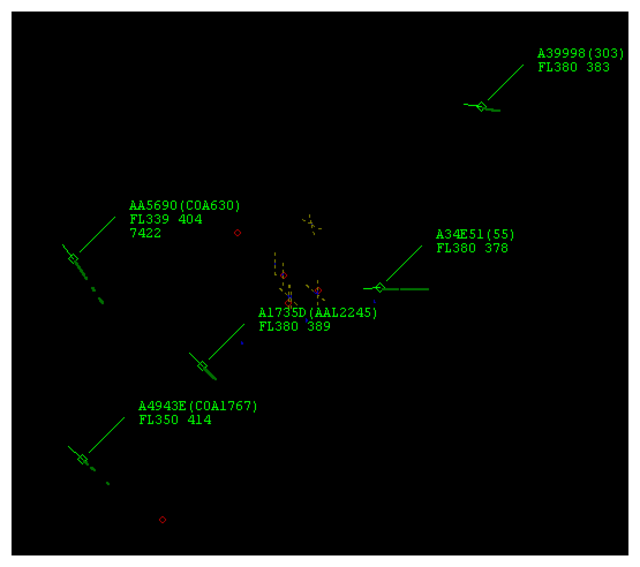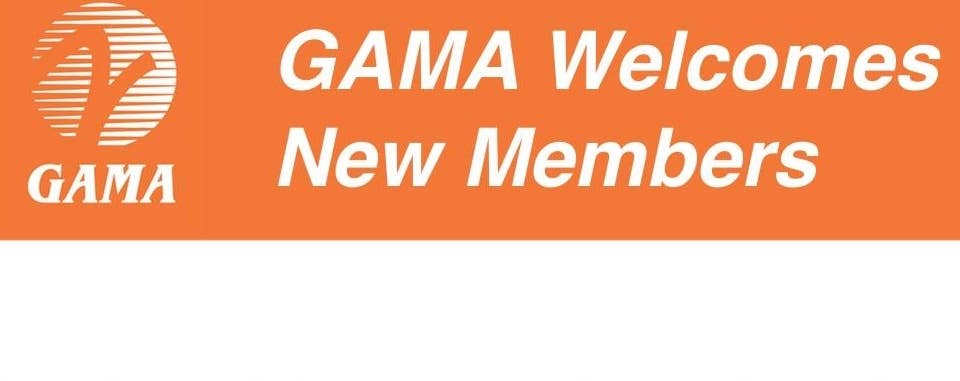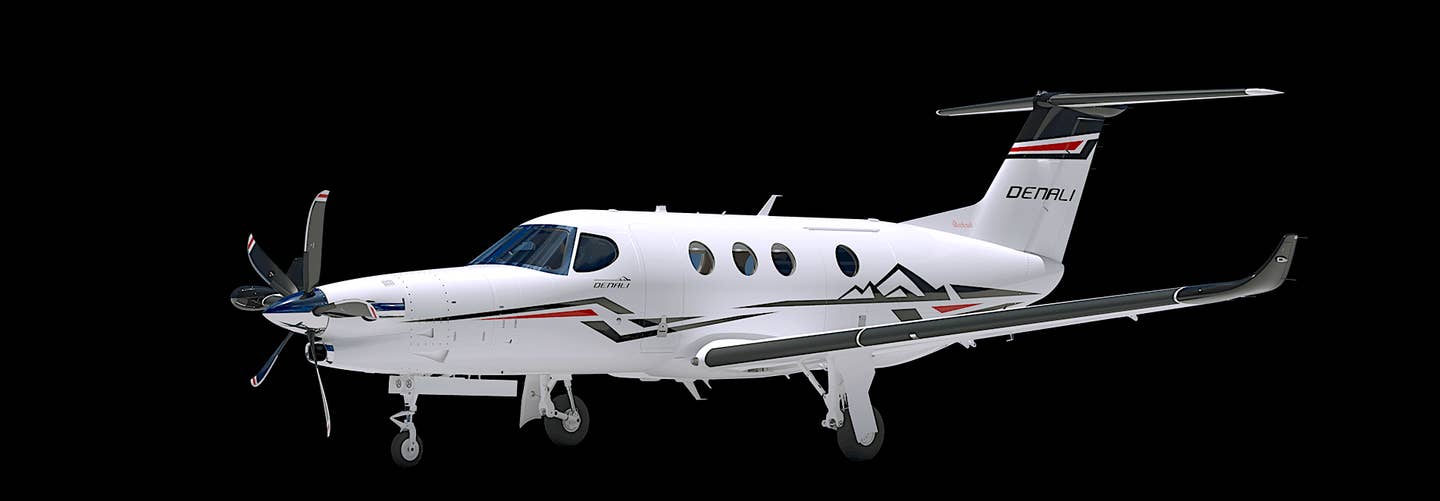Boeing Report Shows Growing Need For Pilots, Maintenance Techs (Corrected)
Boeing Global Services VP of commercial training solutions Chris Broom briefed journalists today (July 26) on staffing needs identified by the manufacturer’s just-released 20-year Pilot and Technician Outlook. Summing up…

Image: Future Aviation/Aerospace Workforce News
Boeing Global Services VP of commercial training solutions Chris Broom briefed journalists today (July 26) on staffing needs identified by the manufacturer’s just-released 20-year Pilot and Technician Outlook. Summing up the overriding message, he said, “If you know—or anyone you know knows—someone who wants to learn to fly, send them my way.”
Boeing projects a need for not just 602,000 pilots in the next two decades, but also 610,000 maintenance technicians and 899,000 cabin crew professionals. That totals a worldwide need for 2.1 million new aviation personnel between now and 2042. For the first time, the projected numbers do not include Russia or Central Asia, based on uncertainty over current sanctions.
The personnel needs are driven largely by projected demand for 41,170 new airliners in the same time period, 75 percent of them single-aisle aircraft, 18 percent widebodies, 5 percent regional jets and 2 percent freighters. Some 80 percent of the new aircraft will be replacing existing jets, with the remainder projected to be needed for expanding service.
At the same time, the ranks of all three employment sectors are impacted by retirements, in many cases accelerated by months of COVID-driven furloughs that led air crew members and maintenance professionals to early retirement.
Broom said the challenge is to “inspire and attract” new pilots and other aviation personnel. Finances are a big impediment to those who would aspire to an aviation career, particularly pilots. Government and industry are seeking to “expand the pipeline” with deferred loans, low-interest loans, and even scholarships. Broom said that one avenue to pursue is socioeconomic areas where young people are not likely to grow up knowing anyone who is a pilot.
He said, “Diversity isn’t just the right thing to do, it’s an effective way to expand the pipeline. When [women and young people from lower economic areas] look left when they get on an airplane, they need to see people who look like them.”
That said, he emphasized that detailed selection tools are critical in choosing candidates to sponsor, not only to the financial protection of the airline, but for the candidate’s well-being. He added that many airlines are launching their own flight academies, while also supporting youth programs, such as EAA’s Young Eagles, that bring aviation within the sight range of those who would never otherwise be exposed to the career possibilities.






